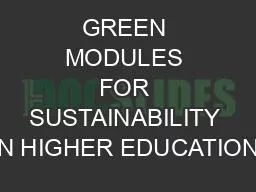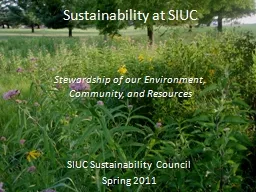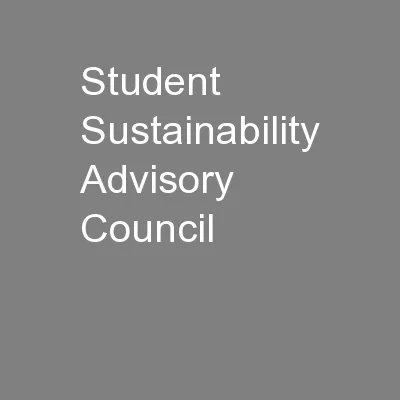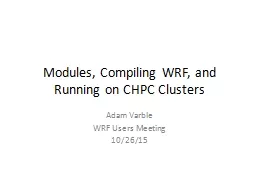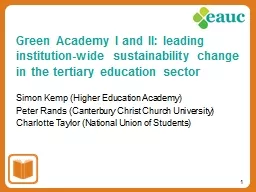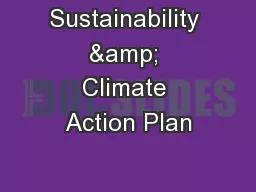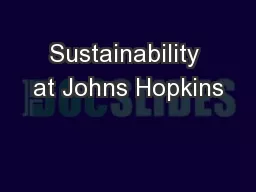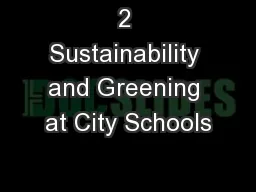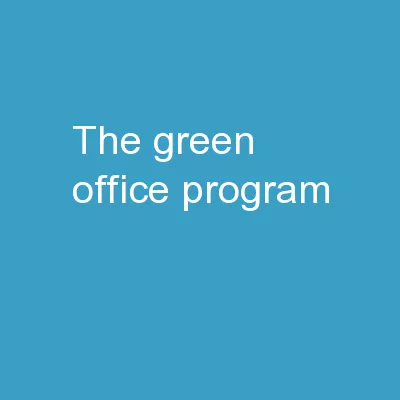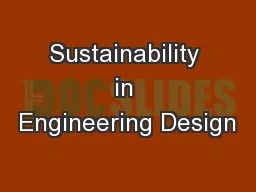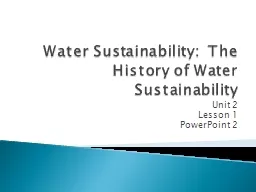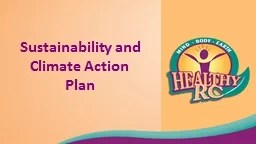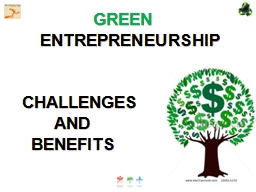PPT-GREEN MODULES FOR SUSTAINABILITY IN HIGHER EDUCATION:
Author : numeroenergy | Published Date : 2020-07-02
A LONGITUDE STUDY ON IMPACT ON STUDENTS By Dr Fadi Safieddine amp Dr Sin Wee Lee 1 Keywords Green Module Paperless Education Student Experience Virtual Learning
Presentation Embed Code
Download Presentation
Download Presentation The PPT/PDF document "GREEN MODULES FOR SUSTAINABILITY IN HIGH..." is the property of its rightful owner. Permission is granted to download and print the materials on this website for personal, non-commercial use only, and to display it on your personal computer provided you do not modify the materials and that you retain all copyright notices contained in the materials. By downloading content from our website, you accept the terms of this agreement.
GREEN MODULES FOR SUSTAINABILITY IN HIGHER EDUCATION:: Transcript
Download Rules Of Document
"GREEN MODULES FOR SUSTAINABILITY IN HIGHER EDUCATION:"The content belongs to its owner. You may download and print it for personal use, without modification, and keep all copyright notices. By downloading, you agree to these terms.
Related Documents

